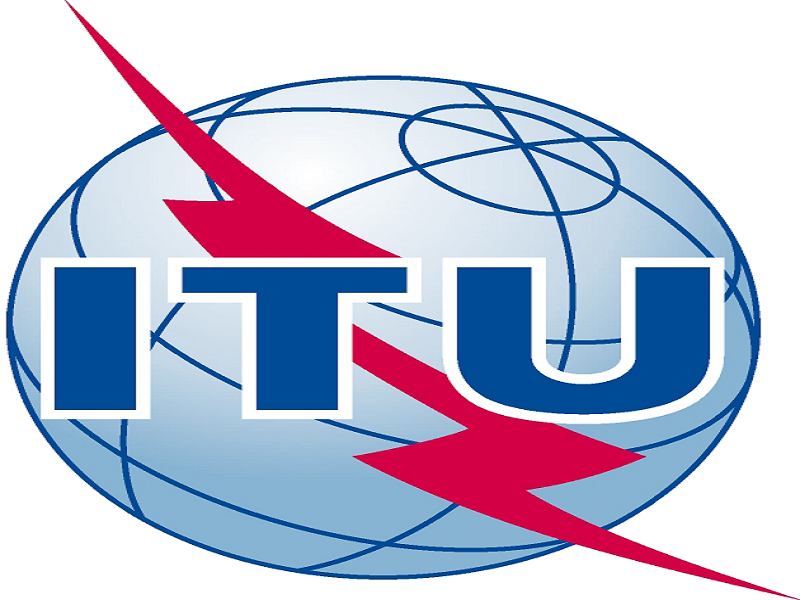ITU Member States have approved a major report on the technical, operational, and regulatory materials for the preparation of the World Radiocommunication Conference 2023 (WRC-23), according to a news report in IT-Online.
The report summarises and analyses the results of extensive technical studies conducted by members of the ITU Radiocommunication Sector, as well as possible solutions to satisfy WRC-23 agenda items.
The report was approved at the conclusion of the 2nd session of the Conference Preparatory Meeting (CPM23-2) held in Geneva last week.
“The global management of radio frequency spectrum and associated satellite orbits is at the heart of ITU’s strategic goals to achieve universal connectivity and sustainable digital transformation,” says ITU Secretary-General Doreen Bogdan-Martin.
“With the uptake of innovative digital services accelerating worldwide, it is critical that we ensure they are secure, reliable, affordable, and accessible, especially to the 2.7 billion people around the world who remain offline.”
The CPM Report represents a major step in the preparations for WRC-23 which will be held in Dubai from 20 November to 15 December 2023.
The key issues highlighted during the two-week meeting include:
- Identification of additional frequency bands for the continued development of International Mobile Telecommunications (IMT), including the use of high-altitude platform stations as IMT base stations for the universal deployment of wireless networks.
- Improvements to the international regulatory framework for geostationary orbit (GSO) and non-geostationary (NGSO) satellites while promoting equitable access for all countries.
- Use of satellite technologies for broadband services to improve connectivity, particularly in remote areas.
- New spectrum to enhance radiocommunications in the aeronautical mobile service, including by satellite, and facilitate the use of Space Research and Earth exploration-satellite services for climate monitoring, weather prediction and other scientific missions.
- The modernisation of the Global Maritime Distress and Safety System (GMDSS).
- Regulatory framework for the use of earth stations in motion on board aircraft and ships for communication with the geostationary orbit (GSO) and non-geostationary (NGSO) satellites.
- The future of the ultra-high frequency (UHF) broadcasting band which has implications for television broadcasts, programme-making and special events, as well as public protection and disaster relief.
Over 1 900 participants from 125 ITU Member States attended CPM23-2. Also in attendance were representatives from ITU Radiocommunication Sector Members, as well as delegates from various United Nations agencies and international organisations.
“The discussions and consensus achieved during CPM23-2 will pave the way to a successful world radiocommunication conference,” says Mario Maniewicz, director of the ITU Radiocommunication Bureau.
“The outcomes of WRC-23 will have a tremendous impact on the development of innovative, futuristic radiocommunication services that enable secure, faster, and seamless global communications for all.”
Cindy-Lee Cook, the chairperson of CPM23-2, adds: “I am delighted that we have finalised this significant milestone in the preparations for WRC-23 despite the challenges posed by the Covid-19 pandemic from the start of the preparatory process.
“During the four-year study period, we experienced first-hand how essential digital connectivity is. This highlights the importance of the work we do to find new and innovative ways to provide broadband connectivity using terrestrial and space-based communication technologies.”
World radiocommunication conferences, held every three to four years, review and revise the ITU Radio Regulations, the international treaty governing the use of the radio-frequency spectrum, including satellite orbits.

